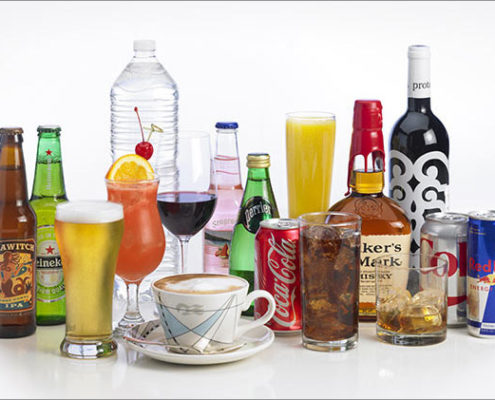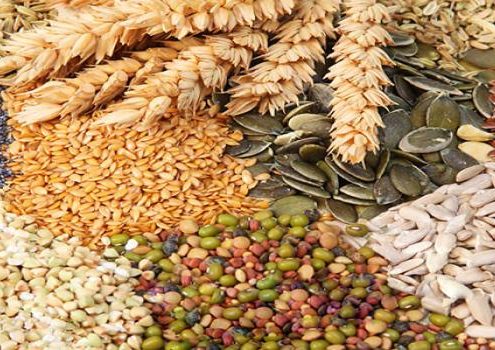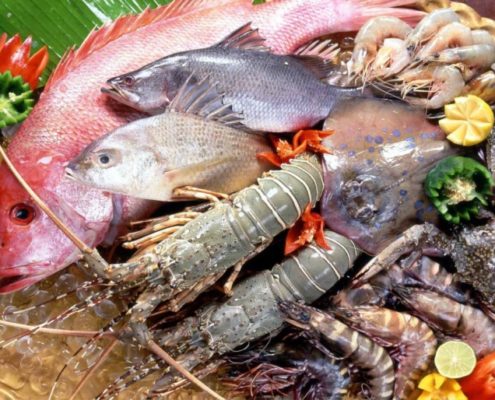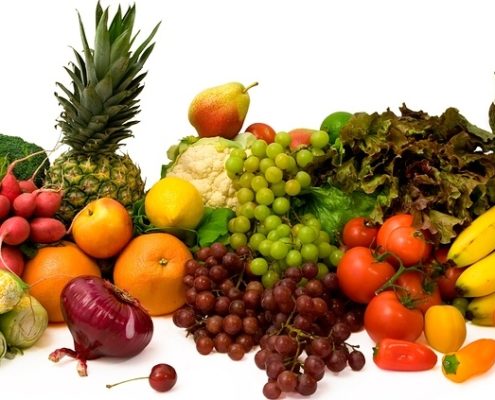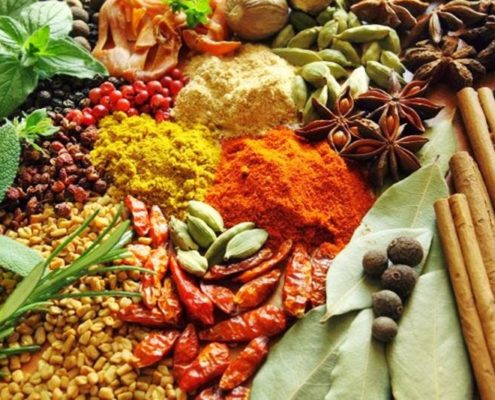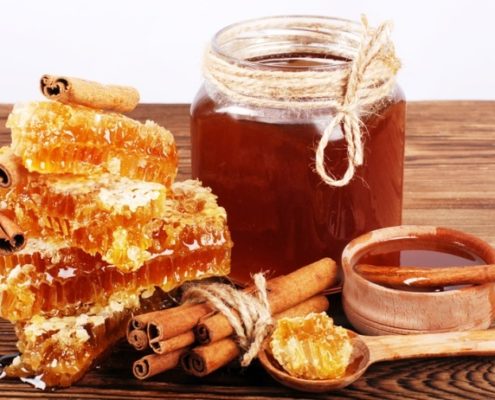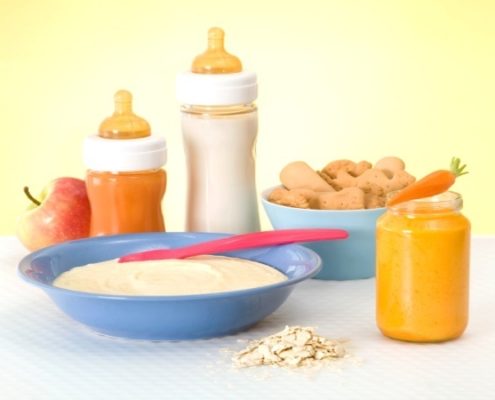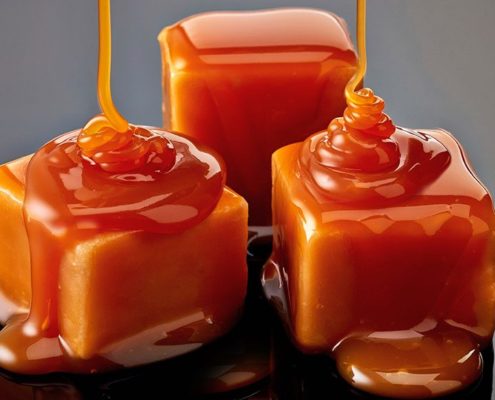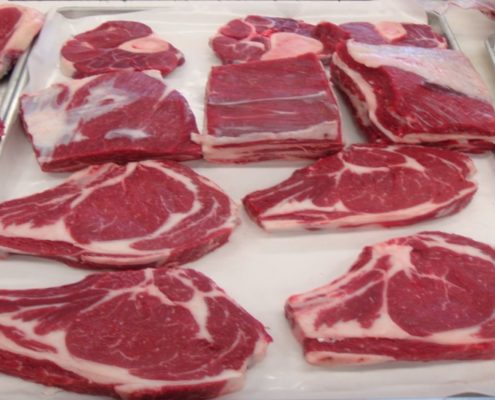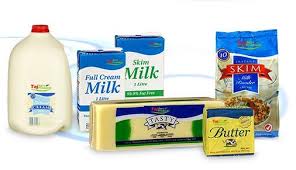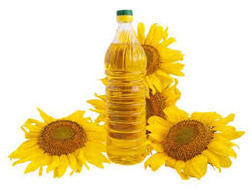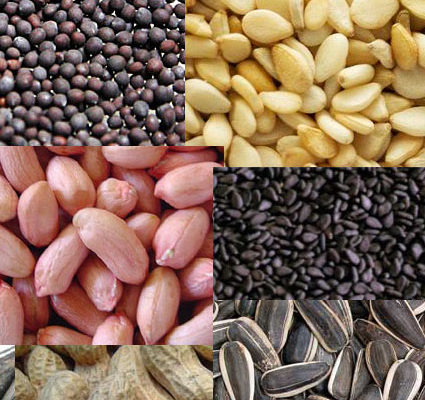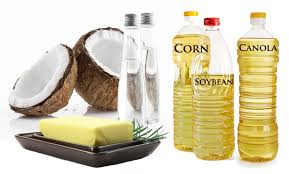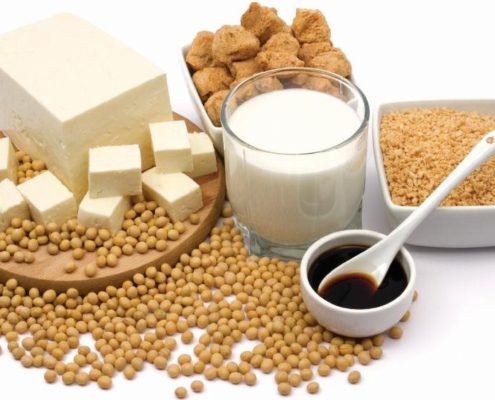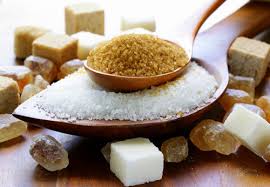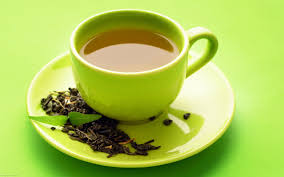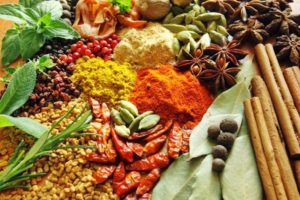
Why to Test Food?
The safety of our food supply appropriately remains a high priority for industry stakeholders, regulatory agencies and consumers. With the emergence of new safety challenges and issues, companies are establishing and upgrading programs to reduce risk factors. These programs are continuously monitored for reliability and effectiveness. Due to the health and safety risks posed by chemical, microbiological and environmental contaminants, analytical methods are increasingly becoming a centrepiece of food safety programs.
Innovative analytical approaches are being developed in response to emerging food safety issues. Established and officially approved methods are used to monitor for known issues. Oftentimes, new analytical methods are developed or modified rapidly in response to issues, such as melamine contamination, which are unforeseen. In such instances, accurate data derived from sound, validated analytical methods are required.
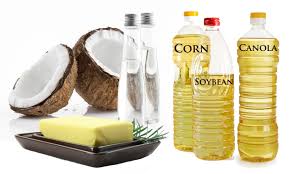
Food testing is at the very heart of our expertise as a leading partner to the food industry. We offer a comprehensive range of Chemistry tests, Microbiology, including a full spectrum of highly specialized analysis for food contaminants, animal species, allergens and more.
Our food safety and quality analysis is performed by an international network of accredited laboratories, each with a thorough understanding of specific industry requirements.
Scope of Testing
- Color
- Rotting
- Rodent Contamination
- Added Colouring Matter
- Added Wax Coating
- Mould
- Damaged matter
- Insects
- Extraneous Matter
- Foreign Matter
- Broken/ damaged
- Loose seeds
- Discolored
- Insect damaged
- Immature
- Tendrils
- Headless Cloves
- Split fruits
- Bulk density
- Acid Insoluble ash
- Acid value
- Acidity as Citric acid
- Acidity as Acetic acid
- Acidity of Extracted fat
- Alcohol – soluble extract
- Alcoholic acidity
- Alkaloids as Nicotine
- Ash insoluble
- Bellier Test
- Caffeine Content
- Calcium
- Cloud point
- Cold water soluble Extract
- Colour (Icumsa)
- Conductivity Ash
- Curcumin
- Drained Weight
- Free fatty acid
- Fructose – glucose ratio
- Fruit juice content
- Gluten
- Insoluble impurities
- Iodine content
- Iodine value
- Moisture
- Oil content
- Petroleum Ether Extract
- Protein
- Reducing Sugar
- Refractive index
- Salt as NaCl
- Saponification value
- Sulphated Ash
- Total ash
- Total solids
- Total Soluble Solid Salt Free Basis (M/M)
- Total Soluble Solids
- Total sugar as Sucrose
- Total sugars
- Unsaponification value
- Volatile oil
- Water insoluble ash
- Fat
- Protein
- Fibre
- Dietary Fibre
- Carbohydrate
- Energy
- Sugar Profile
- Cholesterol
- Monounsaturated Fatty acid
- Polyunsaturated Fatty acid
- Saturated fat
- Trans Fat
- Minerals
- Vitamins
Pesticide Residues
- Organochlorines
- Organophosphorus
- Synthetic Pyrethroids
- Triazines
- Fungicides
- Carbamates
- Triazoles
- Dithiocarbamates
- Nicotinoids
- Plant growth regulators
Antibiotics
- Chloramphenicol
- Nitrofurans and its metabolites
- Sulphonamides and its metabolites
- Tetracycline
- Nitromidazoles
- Aflatoxins G2
- Aflatoxins G1
- Aflatoxins B2
- Aflatoxins B1
- Mycotoxin M1
- Ochratoxin A
- Hydrocyanic acid
- Hypericine
- Agaric acid
- Saffrole
- Patulin
- Copper
- Zinc
- Mercury
- Cadmium
- Arsenic
- Lead
- Chromium
- Nickel
- Iron
- Tin
- Manganese
- Calcium
- Magnesium
- Selenium
- Sodium
- Potassium
Food Colours
- Ponceau 4R
- Carmoisine
- Erythrosine
- Tartrazine
- Sunset Yello FCF
- Indigo carmine
- Brilliant Blue FCF
- Fast Green FCF
- Sudan Dyes
Preservatives
- Sulphurdioxide
- Benzoic acid
- Sorbic acid
- Artificial sweeteners
- Flavouring substance



